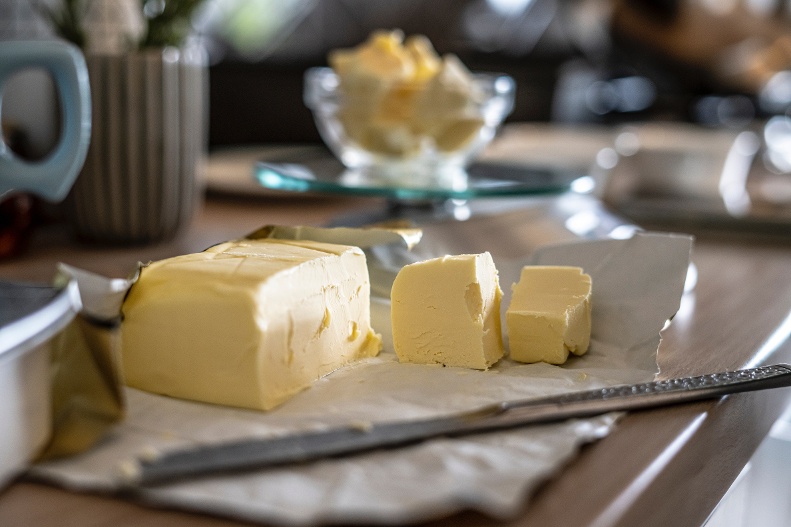As I bite into my buttered toast, treading the fine line between not too much but enough to taste, I have been reading the news headlines over the last week and saturated fat has been the hot topic. With criticism of the Government’s saturated fat pledge as part of the Responsibility Deal not going far enough, with only half of food manufacturers and retailers signing up to it; and a London Cardiologist arguing that saturated fat is not as bad as claimed. This coupled with Sainsbury’s research findings from 2,000 customers, revealing that consumers do not understand how much saturated fat they should be eating; all reinforces the continued confusion about saturated fat amongst consumers.
The Food Industry is moving in the right direction in the coming year and pledging to remove ‘one and a half Olympic sized swimming pools’ of saturated fat from the UK diet. However, only 50 % of food manufacturers and retailers have signed up to the Responsibility Deal’s saturated fat pledge, to reduce the amount of saturated fat and improve the nutrition profile of products.
What foods contain saturated fat?
Saturated fat is found in butter, pies, cakes and biscuits, fatty cuts of meat, sausages, bacon, cheese and cream.
Currently, saturated fat intakes are about 20% higher than they should be and the recommended amount to eat is 20g per day. Another confusing fact for consumers is that eating less saturated fat helps to reduce cholesterol levels and therefore, heart disease and strokes. So, a little bit less and not too much each day.
Consumer communication
With the plethora of conflicting messages it is hard for consumers to know what types of fat they should be eating and how much. Consumers have struggled with the fat concept for a long time, thinking all fat is bad and not understanding the difference between the various types of fat, saturated, monounsaturated and polyunsaturated and where trans fat fits in. Contrary to popular belief not all fat is bad, a little fat is needed to help absorb certain nutrients and provide essential fatty acids.
Consumers need to be able to distinguish clearly between healthier fats like olive oil and rapeseed oil and less healthier fats like butter. One way to think about it is if the fat is liquid at room temperature it will be healthier than hard fats. It is the right type of fat in the right amount that will make a difference to people’s diet and health.
There is still a long way to go to clarify the fat message, be it saturated fat, monounsaturated or polyunsaturated fat or trans fat in consumers’ minds.
This article was written for IFIS by guest blogger Jenny Arthur BA (Hons) MSc RNutr, Nutrition and Marketing Consultant.
Jenny is a member of the Nutrition Society, Association of Nutrition, Association for the Study of Obesity, Nutritionists in Industry, SENSE Professional Nutrition Consultants. She is an experienced and well respected Nutritionist and Marketer with over 20 years’ experience, working with some of the UK’s leading food retailers and manufacturers to help make their food healthier. Jenny provides all businesses, both large and small, with independent advice based on the latest scientific evidence.
Visit her website for information on nutrition and market trends, nutrition and health strategy, product and recipe development, and consumer communications.
Image: Sorin Gheorghita on Unsplash


